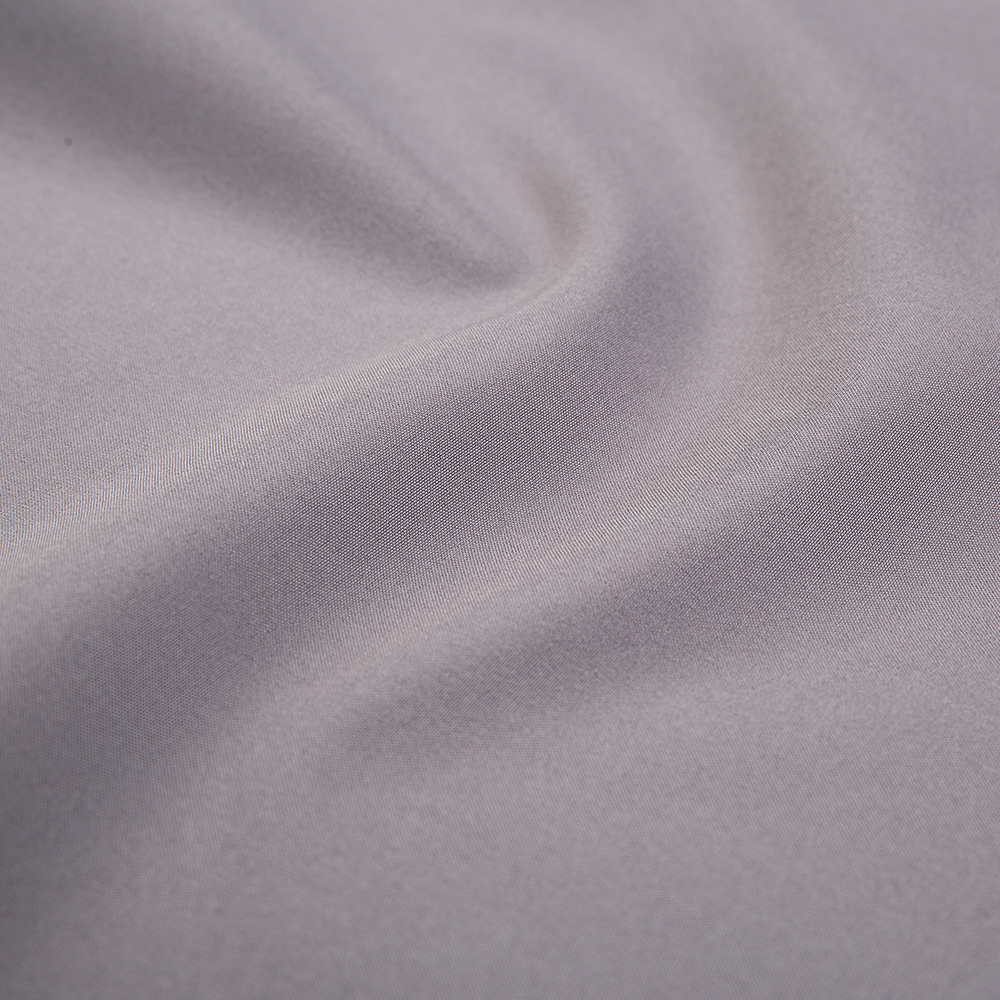Softshell fabrics interact with other materials in multi-layer systems in several important ways, contributing to overall performance, comfort, and functionality. Here are some key points regarding these interactions:
Moisture Management:
Softshell fabrics are designed to be breathable and allow moisture vapor to escape, making them suitable as mid-layers in a multi-layer system. When paired with a moisture-wicking base layer, they can effectively manage sweat and humidity.
Insulation:
Softshells can work well with insulated layers (like fleece or down). The combination allows for warmth without bulk, as softshells provide some insulation while also allowing for flexibility and movement.
Weather Resistance:
When used with a hardshell layer (e.g., waterproof rain jackets), softshell fabrics can enhance the overall weather protection system. The softshell layer provides breathability and comfort during activity, while the hardshell offers complete waterproofing in harsh conditions.
Layer Compatibility:
The stretch and flexibility of softshell fabrics make them compatible with other stretchy materials, allowing for ease of movement. This is especially important in active pursuits like climbing or skiing.
Abrasion Resistance:
Softshells are often chosen for their durability and resistance to abrasion. When layered with tougher outer materials, they can provide a comfortable base without sacrificing protection from external wear and tear.

Thermal Regulation:
The combination of softshells with thermal layers can enhance thermal regulation. For example, a softshell can help trap heat while still allowing moisture to escape, preventing overheating during high-intensity activities.
Seam Construction:
The way softshell fabrics are sewn and integrated with other materials can impact the overall comfort and performance of the system. Techniques like flat seams reduce bulk and improve comfort under additional layers.
Weight Considerations:
Softshell fabrics are typically lightweight, which can help keep the overall weight of the layered system down. This is especially beneficial for activities where carrying weight is a concern.
Color and Pattern Interaction:
The aesthetic integration of colors and patterns between layers can also be a consideration for users, as visually appealing combinations can enhance user satisfaction.
User Comfort:
The interaction between softshells and other layers can influence overall comfort. For instance, the softness of a softshell against the skin can provide a comfortable feel compared to a more rigid outer layer.











